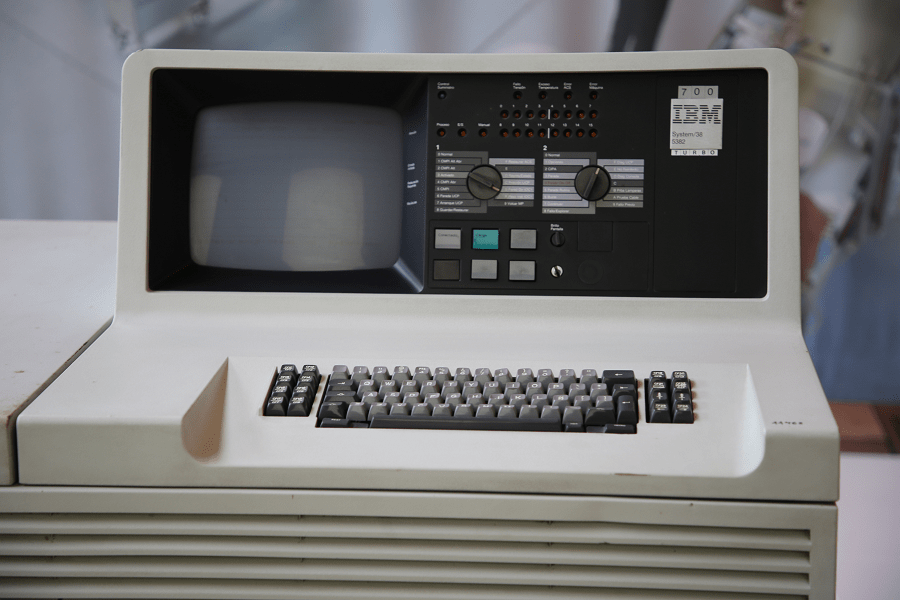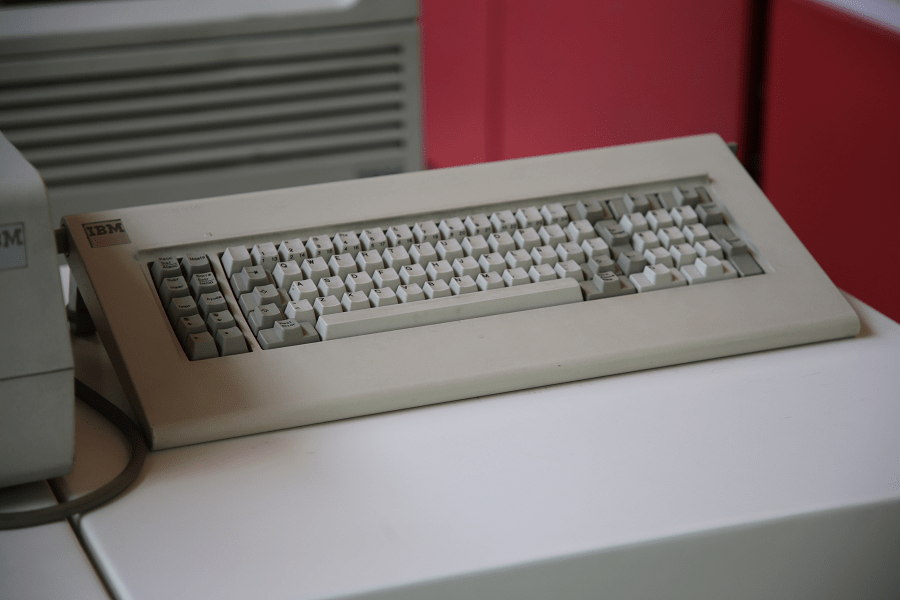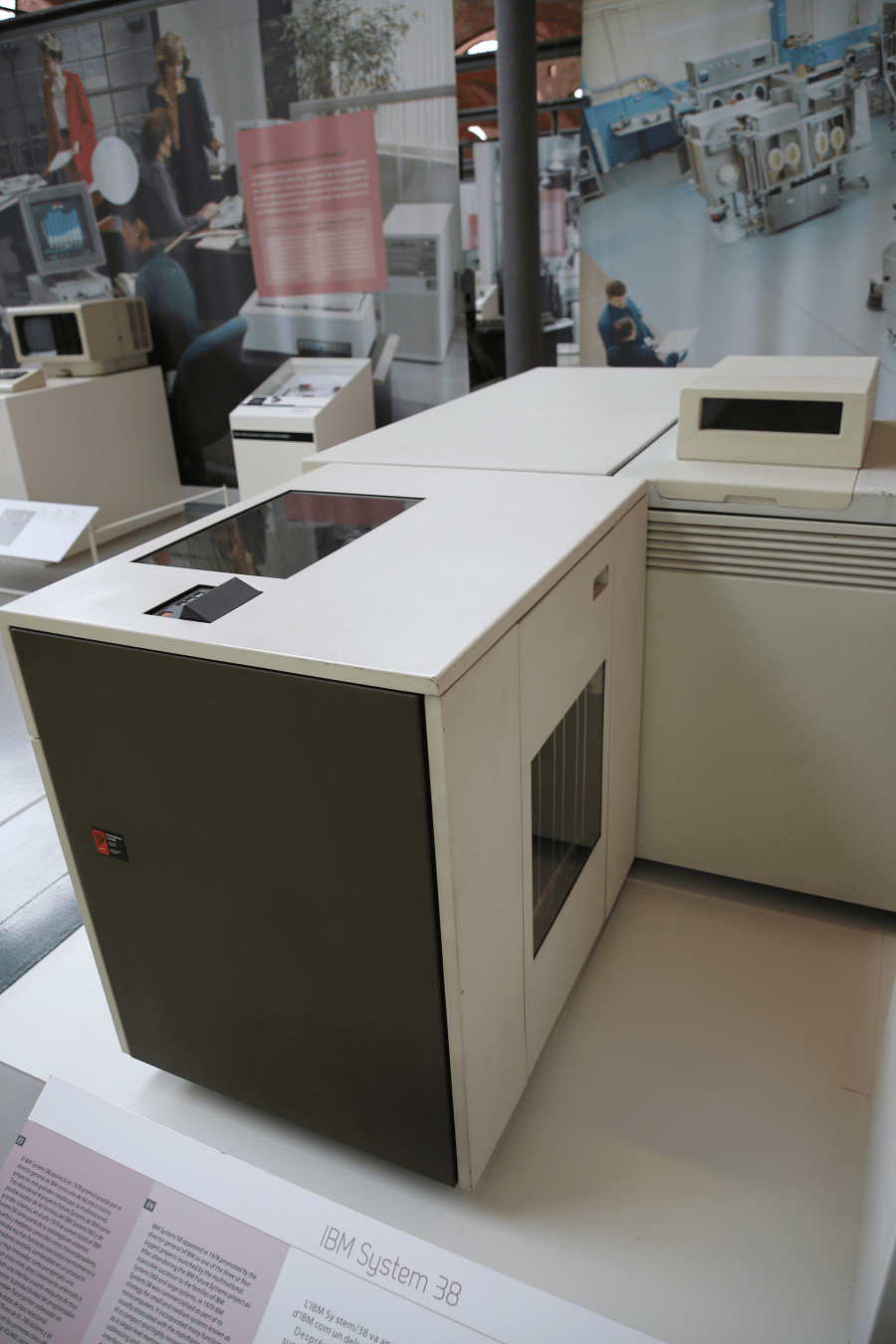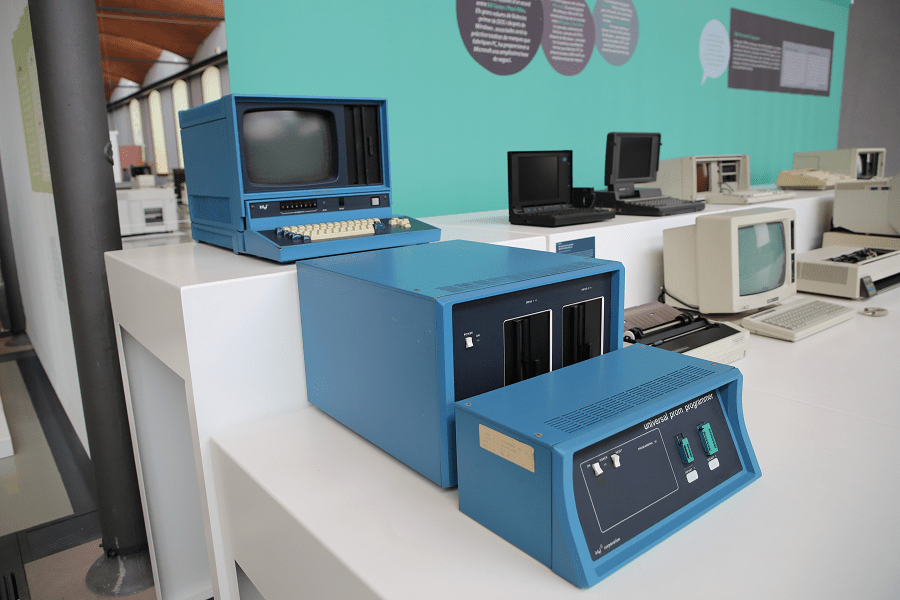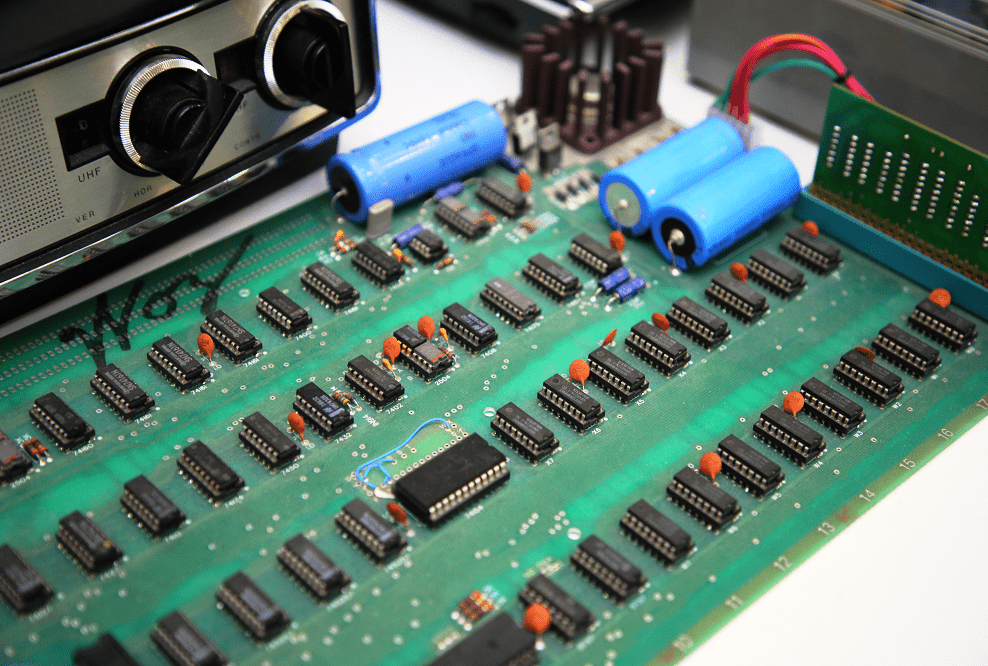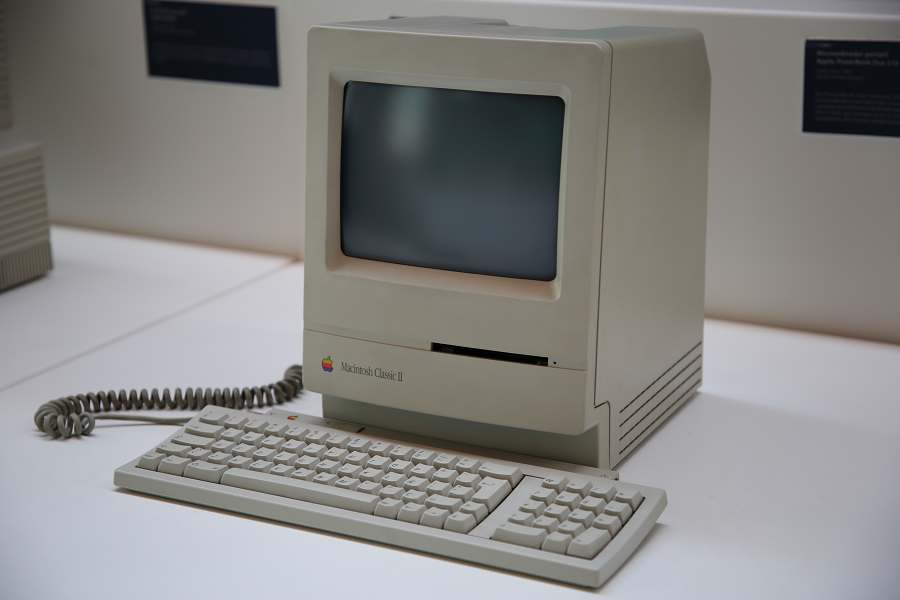IBM System 38.
The System/38 is a discontinued minicomputer and midrange computer manufactured and sold by IBM. The system was announced in 1978. The System/38 has 48-bit addressing, which was unique for the time, and a novel integrated database system. It was oriented toward a multi-user system environment. At the time, the typical system handled from a dozen to several dozen terminals. Although the System/38 failed to displace the systems it was intended to replace, its architecture served as the basis of the much more successful IBM AS/400.
The System/38 was introduced on October 24, 1978 and delivered in 1980. Developed under the code-name “Pacific”, it was made commercially available in August 1979. The system offered a number of innovative features, and was designed by a number of engineers including Frank Soltis and Glenn Henry. The architecture shared many similarities with the design of the failed IBM Future Systems project, including the single-level store, the use of microcode to implement operating system functionality, and the Machine Interface abstraction. It had been developed over eight years by IBM’s laboratory in Rochester, Minnesota.
The system was designed as a follow-on for the System/3, but it is not compatible with those computers. The predecessors to the System/38 include the System/3 (1969), System/32 (1975), and System/34 (1977). In 1983 the System/36 was released as a low-end business computer for users who found the System/38 too expensive for their needs. The System/38 was succeeded by the IBM AS/400 midrange computer family in 1988, which originally used a processor architecture similar to the System/38, before adopting PowerPC-based processors in 1995.
The IBM 5381 System Unit contains processor, main memory, disk storage, a diskette magazine drive, and a system console with keyboard and a display. 5381 was available in Model 100 and Model 200.
The IBM 5382 System Unit is physically identical to 5381, but with more powerful processors, more memory, and more disk storage. 5382 was available in Models 300, 400, 500, 600, and 700.
Users typically interacted with the system through IBM 5250 series terminals. In 1984, IBM added the ability to attach graphics-oriented terminals that previously required a mainframe.
The system includes a central processing unit with 512K, 768K, 1024K, 1280K, or 1536K bytes of main storage. The processor is implemented across twenty-nine Schottky TTL LSI chips mounted on a 10×15″ circuit board. It includes a memory management unit supporting demand paging, used by the system software to implement a single-level store architecture.
The System/38 CPU features a 48-bit address space, which was selected as a compromise between 64-bit addressing, which certain IBM engineers wanted for the sake of future proofing, and 32-bit addressing, which other engineers wanted for cost saving purposes.





